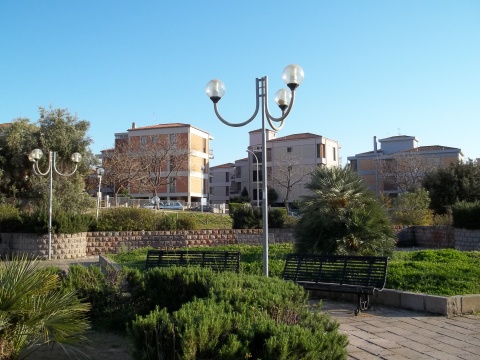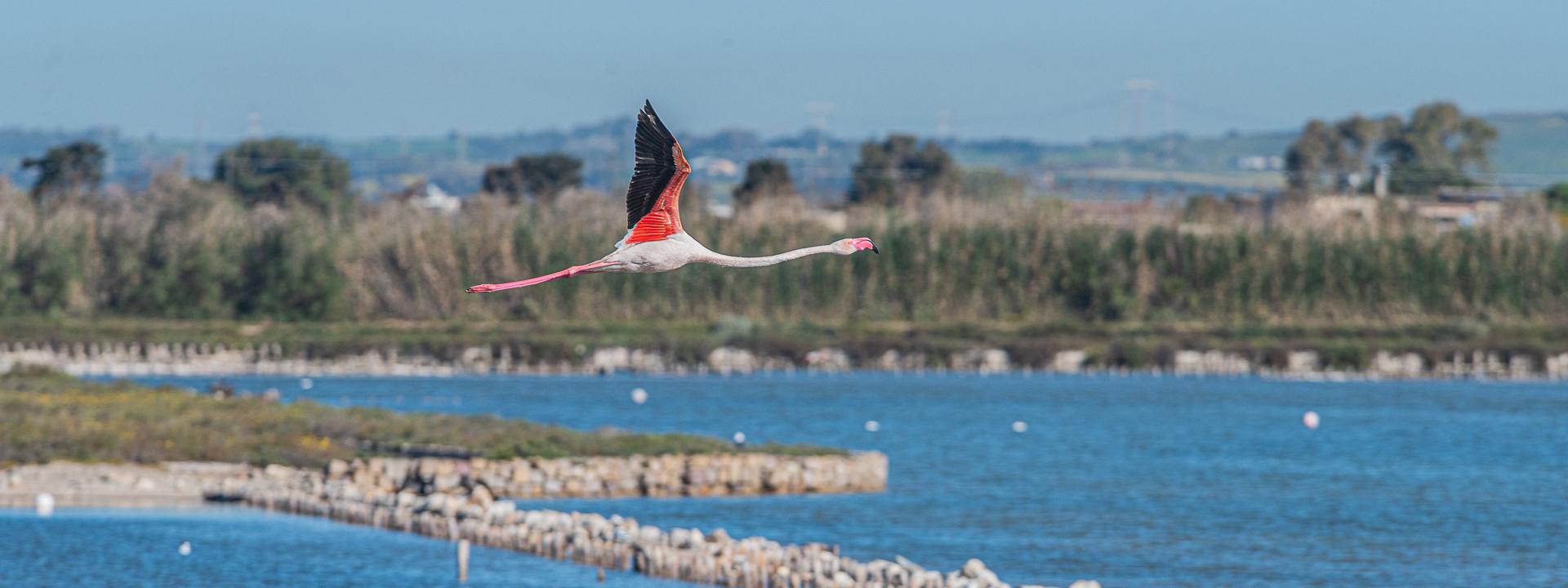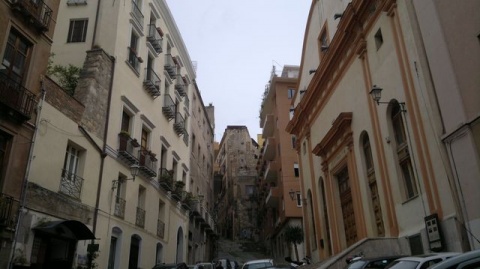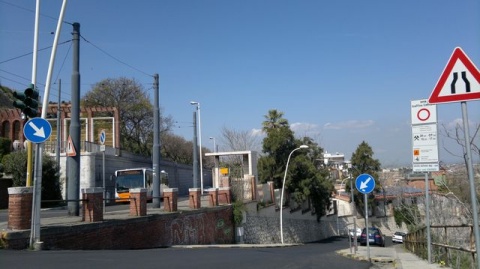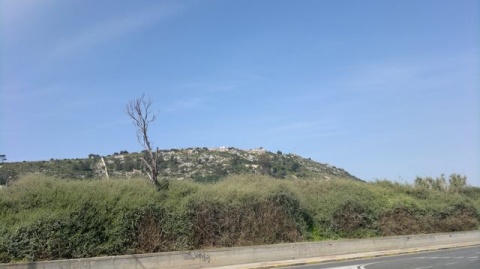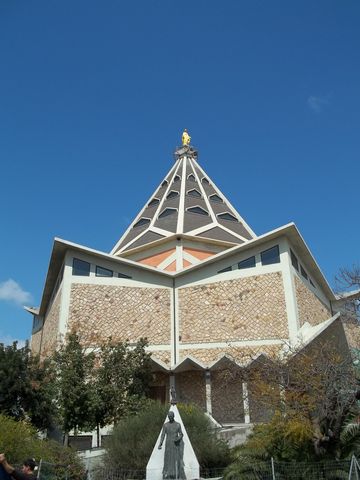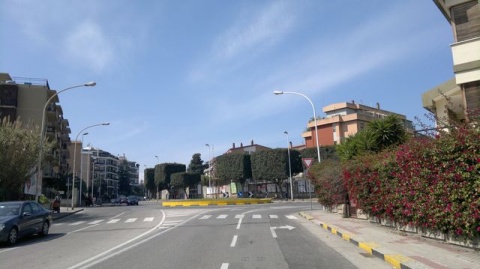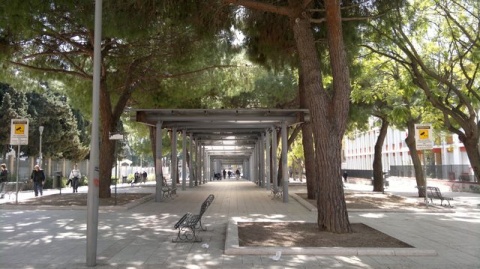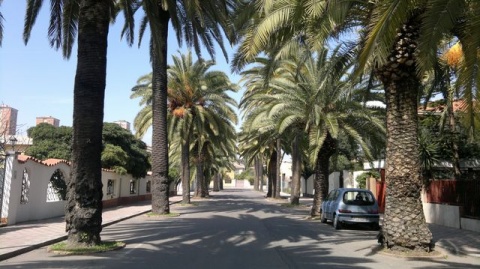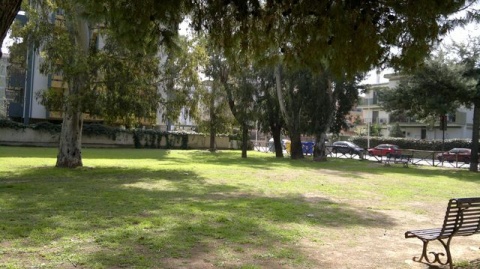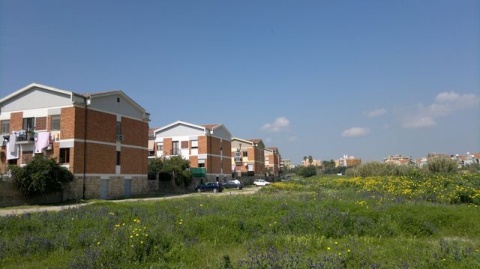Fonsarda is a residential and commercial district of Cagliari, built in the second half of the twentieth century.
Until the twentieth century on the site of the neighbourhood there were agricultural fields, orchards and country villas.
In the 1940s, at the end of the Second World War, the municipal administration decided to build a group of public housing units at the end of Dante Street (which in the municipal projects of 1926 should have continued until Pirri), to solve - at least partially - the situation of those who had lost their homes during the bombing. In front of this first group of houses a large square was installed, later dedicated to Pope John XXIII, inside which, in 1956, the parish church of Saint Paul was built.
Subsequently, schools were built on one side of the square. In the 70s a second urbanization of the district began, mostly on the initiative of some entrepreneurs, which led to the construction of taller buildings than the previous ones. In this period, a neighbourhood committee was also set up to safeguard spaces not yet affected by buildings; the committee's actions include the mobilization against the construction of the headquarters of the Asst (State Telephone Service Company), which was supposed to house numerous antennas, in the space where the T-Hotel now stands, and the cementing of the area where there is now the Park of the Music, which until the seventies housed an olive grove. Today the district is characterized by palaces and, in part, by villas with gardens.
In the neighbourhoods there is an elementary school, the middle school "Gaetano Cima" and the scientific high school "Michelangelo".
At the borders there is the Opera House, connected to the hub of the district by the modern Park of Music.
On the edge of the La Vega district, however, there is the headquarters of the province of Cagliari.
